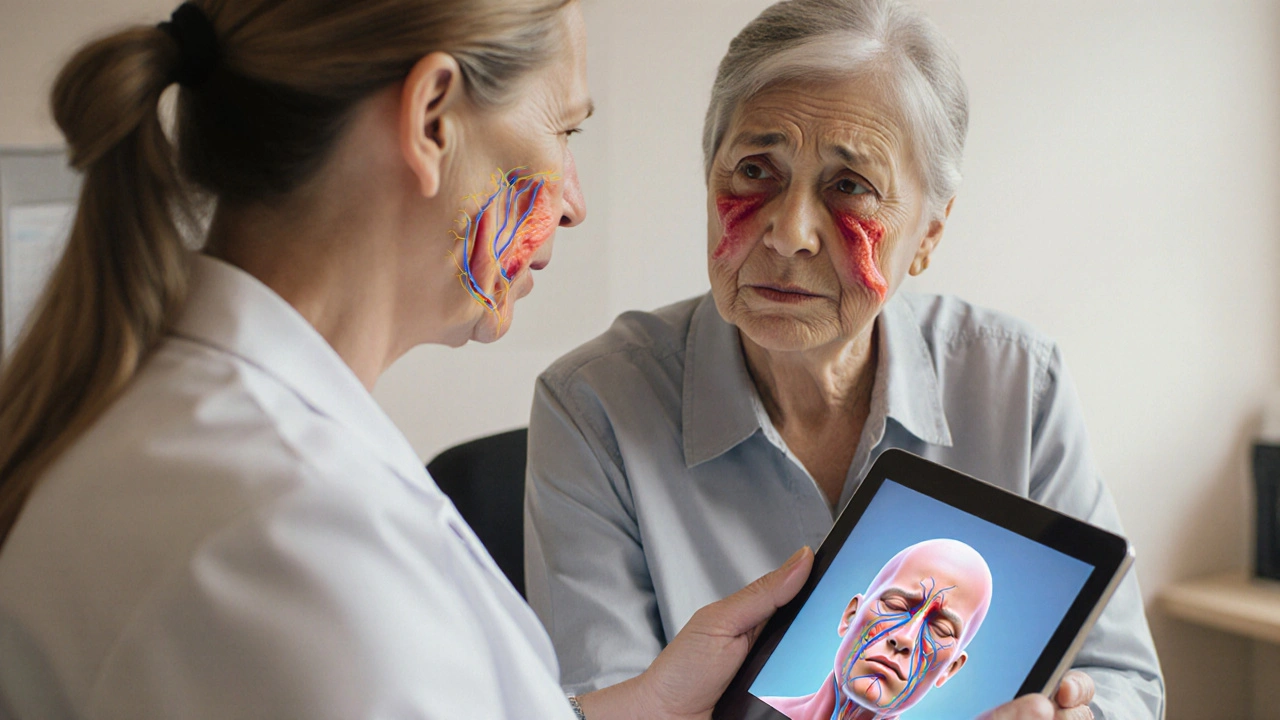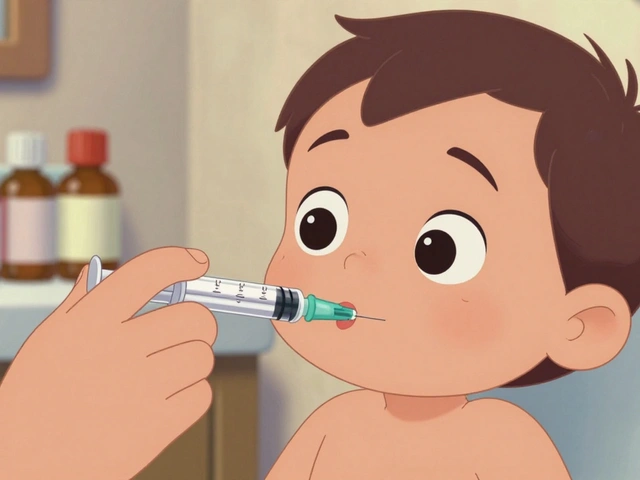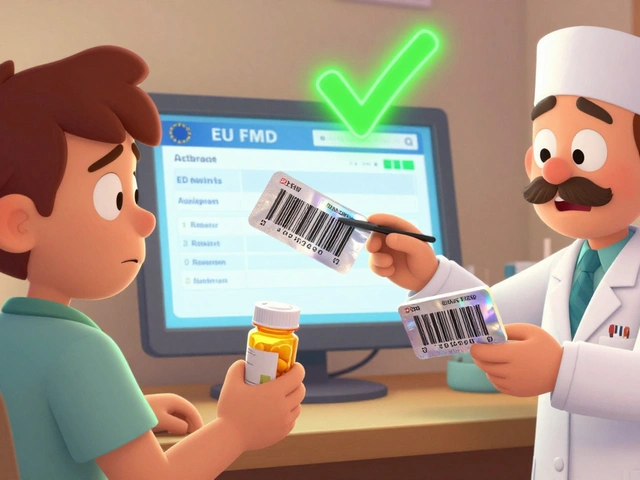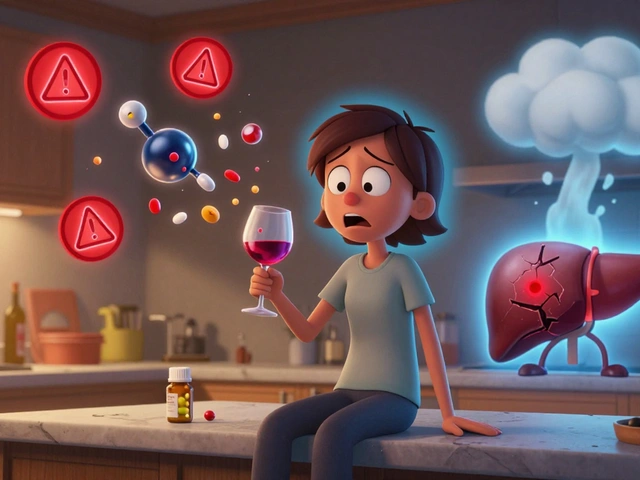Medication-Induced Angioedema
When dealing with medication‑induced angioedema, a sudden swelling of the deeper layers of skin or mucous membranes that occurs as a reaction to a drug. Also known as drug‑related angioedema, it can involve the lips, tongue, eyes, or airway and may become life‑threatening if not recognized quickly. The condition isn’t just an itchy rash; it’s a rapid buildup of fluid that pushes tissue outward, often without pain but with a distinct feeling of tightness. Because the swelling can hide behind the skin, many people miss the early cues until breathing becomes difficult.
One of the most common culprits is ACE inhibitors, a class of blood‑pressure medicines that block the conversion of angiotensin I to angiotensin II. ACE inhibitors raise bradykinin levels, and elevated bradykinin directly triggers the vessels in the face and throat to leak fluid, producing angioedema. ACE inhibitor angioedema can appear hours or even weeks after starting the drug, making it tricky to connect the dots. If you’re on an ACE inhibitor and notice unexplained swelling, stop the medication and seek medical help immediately.
Another frequent trigger is NSAIDs, non‑steroidal anti‑inflammatory drugs such as ibuprofen, naproxen, and aspirin. NSAIDs inhibit cyclo‑oxygenase enzymes, which shifts the balance toward leukotriene production. The surge in leukotrienes can activate mast cells, releasing histamine and other mediators that cause swelling. This form of angioedema often co‑exists with hives and responds well to antihistamines, but severe cases still need emergency care.
Key Triggers and How to Identify Them
Besides ACE inhibitors and NSAIDs, several other medication groups can spark angioedema. C1 esterase inhibitor, a protein that regulates the complement and contact systems is low or dysfunctional in hereditary angioedema, a condition that mimics drug‑induced swelling. Knowing a patient’s family history helps clinicians avoid prescribing high‑risk drugs to those who are predisposed.
Antibiotics like penicillins and sulfonamides, as well as certain anticonvulsants, have been reported to cause immune‑mediated angioedema. The reaction usually follows a classic allergic pattern: itching, rash, and rapid swelling within minutes to a few hours after the dose. Recognizing the timing and accompanying symptoms can guide you to the offending agent.
Management strategies depend on the underlying pathway. Bradykinin‑mediated cases (most ACE inhibitor reactions) often don’t respond to antihistamines or steroids; instead, they may need a bradykinin receptor antagonist such as icatibant. Histamine‑mediated angioedema, typical of NSAID or antibiotic reactions, usually improves with oral antihistamines, and in severe airway compromise, epinephrine and steroids are added.
Prevention starts with a clear medication review. Ask your pharmacist to flag high‑risk drugs, especially if you have a personal or family history of swelling. When you need a new prescription, request a formulation that avoids known triggers. For example, switching from an ACE inhibitor to an angiotensin‑II receptor blocker (ARB) can reduce the bradykinin surge while still controlling blood pressure.
In everyday life, carry an updated list of all prescription and over‑the‑counter meds. If you’ve experienced any swelling after starting a new drug, note the timing, severity, and any accompanying symptoms. Share this information with every healthcare provider you see; a simple note can prevent a repeat episode.
Below you’ll find a curated set of articles that dive deeper into specific medications, safety tips for buying generics online, and practical guides for managing side‑effects. Whether you’re looking for detailed comparisons of drug alternatives or step‑by‑step instructions on safe online purchases, the collection will help you make informed choices while staying alert to the risks of medication‑induced angioedema.






